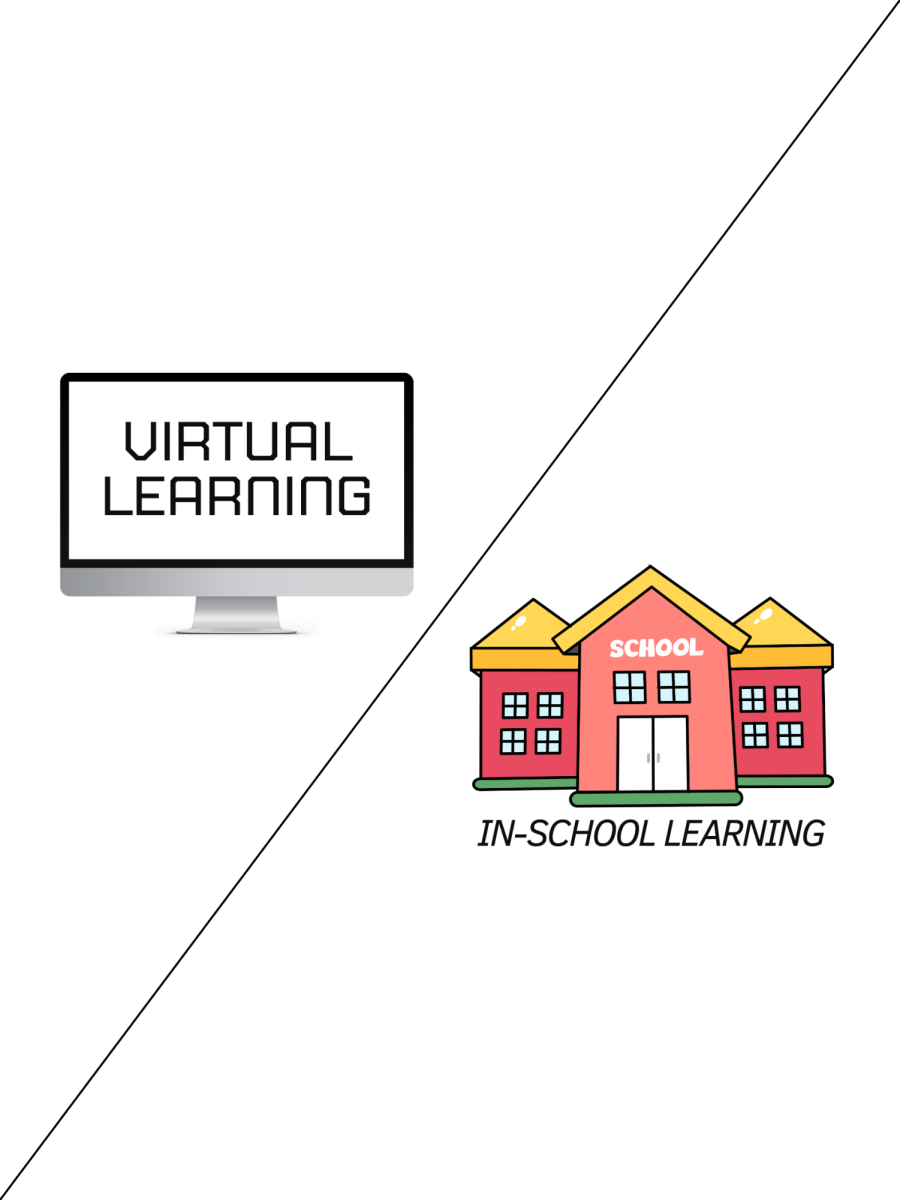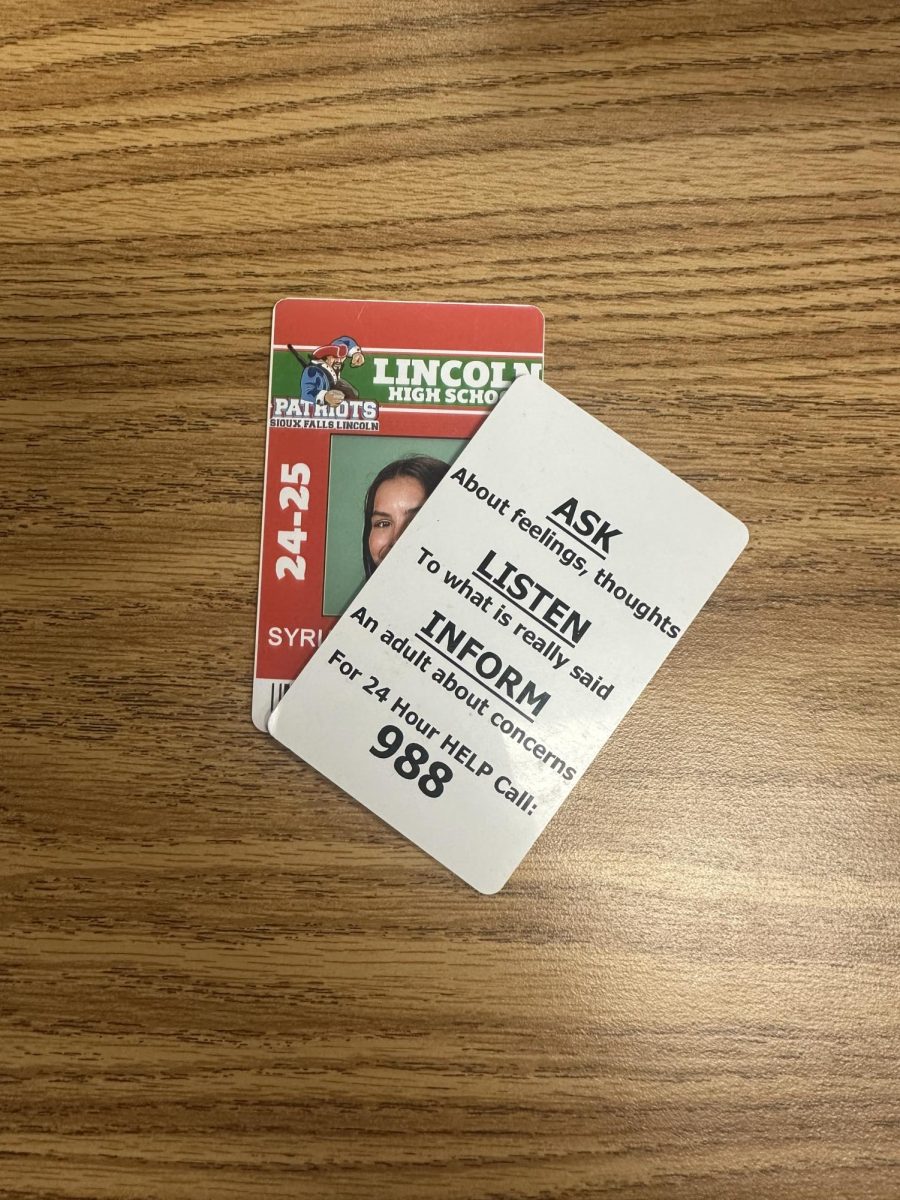Virtual learning refers to an environment in which students study a digital-based curriculum. Back in March of 2020, over seven in every 10 schools moved to online learning due to the COVID-19 pandemic. Learning from lockdown, with the unpredictable weather this school year, the Sioux Falls School District offered a solution to eliminate the consequences from snow days. Snow days would now become an opportunity for students to have a day of virtual learning; however, is this solution to snow days beneficial?
Pros of virtual learning
- Time flexibility
On school days, students often wake up frantically trying to jam necessary steps into their morning routine to arrive at school on time. Online learning gives students the time to balance outside curricular activities and plan their day accordingly.
- Self-paced learning
Students often feel embarrassed asking teachers questions, to repeat material or provide more details on a topic in class; however, virtual learning allows individuals to revisit material, pause a lesson for better understanding and communicate with their teachers digitally.
- Accessibility
Online learning allows students to get a healthy amount of sleep and complete assignments from anywhere and anytime. With in-school learning, students need to be actively present in the classroom to learn the material.
Cons of virtual learning
- Distractions
For many students, it may be difficult to find a workspace that provides an environment where they can learn effectively. Being in a classroom minimizes the possible distractions one student may have because of the teacher’s supervision.
- Technical difficulties
When the curriculum can only be accessed through online platforms, students may find difficulties with internet connectivity issues, software compatibility issues or laptop malfunctions. When attending in-school programs, teachers can ensure students have full access to an assignment, test or quiz.
- Limited teacher to student feedback
One of the major disadvantages of online education is the lack of face-to-face communication with your peers, classmates and teachers. Virtual education requires a student to contact their instructor and wait for a response. In-class educations have a teacher present at all times to give answers and receive feedback. It is also easier for a teacher to keep a student on track when they see them every day.










